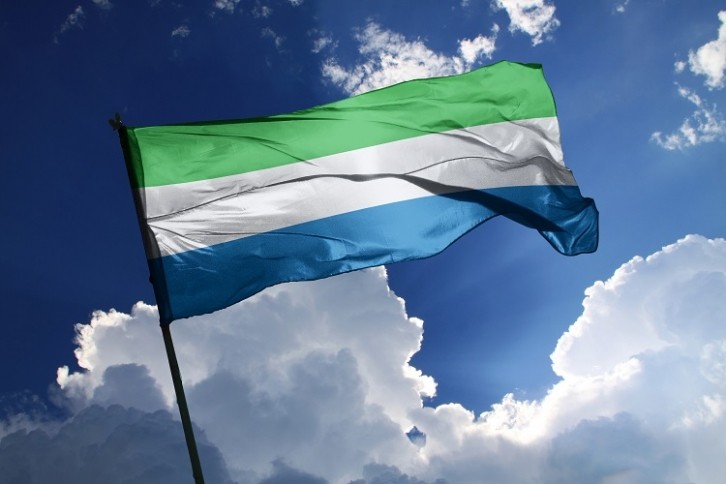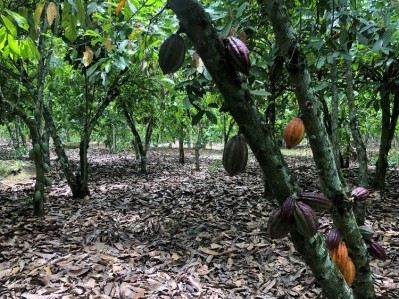Sierra Leone readies to become big food exporter. But is it possible?

Sierra Leone is taking on chunks of investment in a bid to position itself as a key player in the global food export market.
Positioned near the key cocoa-producing countries of Côte d'Ivoire and Ghana, and with a similar climate, the country has the potential to be a key exporter of commodities such as, alongside cocoa, cashew, rice and cassava.
However, the it does face significant challenges. According to the World Food Programme, 82.3% of its population are food insecure, and because of a lack of key processing infrastructure it must import large amounts rice to meet demand.
The country has received $100m from the African Development Bank, building on the existing $480m of funding from OPEC and the Arab Bank for Economic Development in Africa (BADEA).
This funding is only part of the country’s broader plan to transform its food system. It hopes to build critical infrastructure to, first, mitigate food insecurity and meet the demand of its own people and, in the long run, step up exports.
How will the funding be used?
The recent African Development Bank funding will be allocated as part of a larger plan, Sierra Leone’s ‘Feed Salone’ initiative, which includes money from the government, NGOs, and the private sector. It aims to transform Sierra Leone’s food system, both combating food insecurity and expanding exports.
According to Dr. Henry Musa Kpaka, Sierra Leone’s Minister for Agriculture and Food Security, the project is ‘conservatively’ costed at $1.8bn.
How will the funding reduce food insecurity?
Sierra Leone’s rice consumption per capita is one of the highest in the world, roughly 131kg per person a year. The country is currently between 65-70% rice self-sufficient, according to Dr. Kpaka, yet due to poor processing infrastructure it must heavily import rice to meet demand and close the gap. This is not inconsequential, and around a third its food import bill is spent on rice.
Furthermore, Dr. Kpaka says, some of the country’s rice finds easier markets in other countries, such as Guinea, Liberia or Senegal. Some farmers have even agreed to sell this rice before it is grown.
For Sierra Leone to become self-sufficient, it needs agro-processing zones for rice production, as well as roads for ease of transportation and access to energy and irrigation systems.
Investment in these areas will be able to drastically increase production. Take irrigation, for example. Irrigation, Dr. Kpaka adds, could double rice yields from two tonnes per hectare to four.
The African Development Bank funding in particular will be used to develop an agro-processing zone, where rice aggregators and millers will be located. This will allow rice paddies to be sourced, processed, bagged and sold.
Roads and power supplies are vital for these facilities to function. Roads are also useful to take rice to the cities, which are often very far from production sites.
How could Sierra Leone step up exports?
Beyond mitigating the pressing issue of food insecurity, Sierra Leone also aims to step up its exports.
One key aim of the development is to encourage private sector players to invest in Sierra Leone. By building up key infrastructure, such as roads and energy, it will create an environment where the private sector will be able to operate more easily, and thus be more likely to set up shop.
“The money that we are raising is really to invest in critical infrastructure that allows private sector to say ‘the basics are there. We can now throw our money behind profit making aspirations,” Dr. Kpaka continues.
Sierra Leone aims to become a higher export economy. Dr. Kpaka hopes that the ships which bring rice will soon be able to leave with other commodities, such as cashew, cassava chips and flour, and cocoa, the country’s leading food commodity.
Cashew, for example, has potential, with production on the rise. However, power is needed for processing facilities, since the commodity requires significant processing.
Another is cassava flour. The country is currently using cassava flour, which can be produced domestically, as a substitute for wheat flour. Once this has been upscaled, it could also be an exportable commodity.
In the long term, even rice could be an exportable commodity, once the gap has been closed in demand.
"His ambition is, you know in in eight years or so down the line we want to be able to export the rice that we're producing here."




















